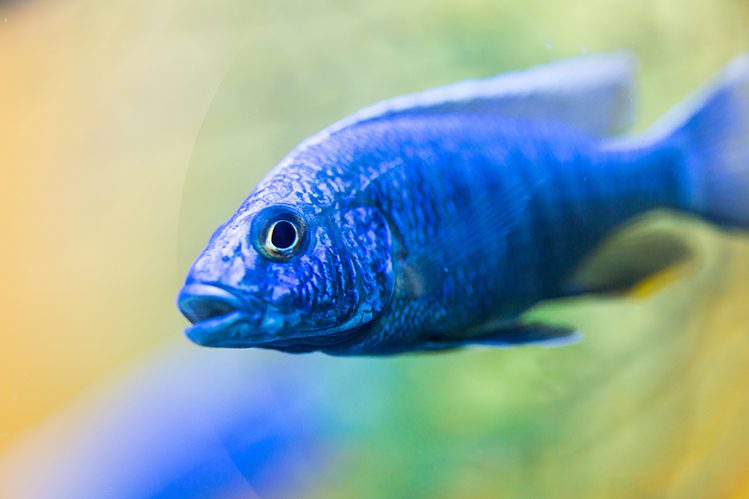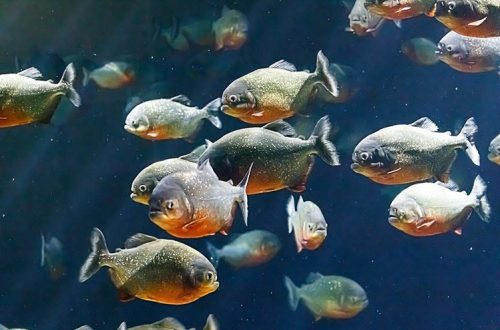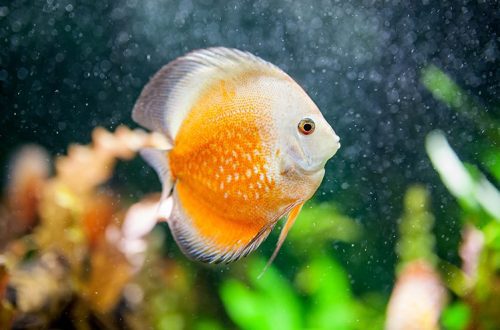
Why is the water in the aquarium cloudy?
In the previous article we talked . But why does the water suddenly become cloudy in an old, established aquarium with a working filter? We list the main reasons in our article.
Aquarium water never becomes cloudy for no reason. Another issue is that the cause is not always easy to establish, especially with a lack of experience. Here is an example of a situation. You did not carry out any new actions with the aquarium: you did not change the soil, decorations and equipment, you did not introduce new fish, but the water suddenly turned cloudy. Why?
- Uncleaned, unsuitable or poor quality filter
The most common cause of cloudy water in an aquarium is a malfunctioning cleaning system. Perhaps you have purchased low-quality equipment that has ceased to cope with its task. Or perhaps the filter power does not correspond to the parameters of a particular aquarium: its volume, the number of fish living in it, etc.
Be sure to check the instruction manual. Make sure the filter you are using is right for you or purchase a model with a higher capacity.
Please note that the filter may also be dirty. Do not forget about its periodic maintenance.

- overcrowded aquarium
Another common reason is an excessive number of aquarium inhabitants. The more fish, the more waste. In an overcrowded aquarium, the filtration system cannot cope with the load. You need to purchase a larger aquarium and, accordingly, a more powerful filter.
Recommendations for settling the aquarium: 1 cm of fish per 1 liter of water.
- Overfeeding
Excess food leads to rapid contamination of the aquarium. Overeating increases the amount of waste products, and uneaten food sinks to the ground, where it begins to decompose. As a result, the filter can no longer cope with an excessive amount of organic contaminants, and the water becomes dirty.
Make sure you buy quality food and follow the feeding ration.
- Rapid growth of algae
If a “green turbidity” appears in the aquarium, this is nothing more than a flowering of water. It occurs under the influence of direct sunlight, due to increased daylight hours (more than 12 hours a day), high temperature (above + 27 ° C), high concentrations of nitrates (above 40 mg / l) and phosphates (above 2). Artificial aquarium lighting running around the clock and lack of control over nutrient concentrations can also cause blooms.
To solve the problem, it is necessary to darken the aquarium and remove already spread algae. Remember that algae take in oxygen and give off carbon dioxide. In large quantities, they are dangerous to the inhabitants of the aquarium.

- Biological imbalance
Think about what factors could affect the biobalance in the aquarium? Perhaps you treated the fish with special preparations? In this case, the violation of biological balance will be a side effect.
If you cannot determine the cause and do not know how to correct the situation, be sure to consult a specialist and act in accordance with his recommendations. This will help protect the health of your pets and avoid a similar problem in the future.





